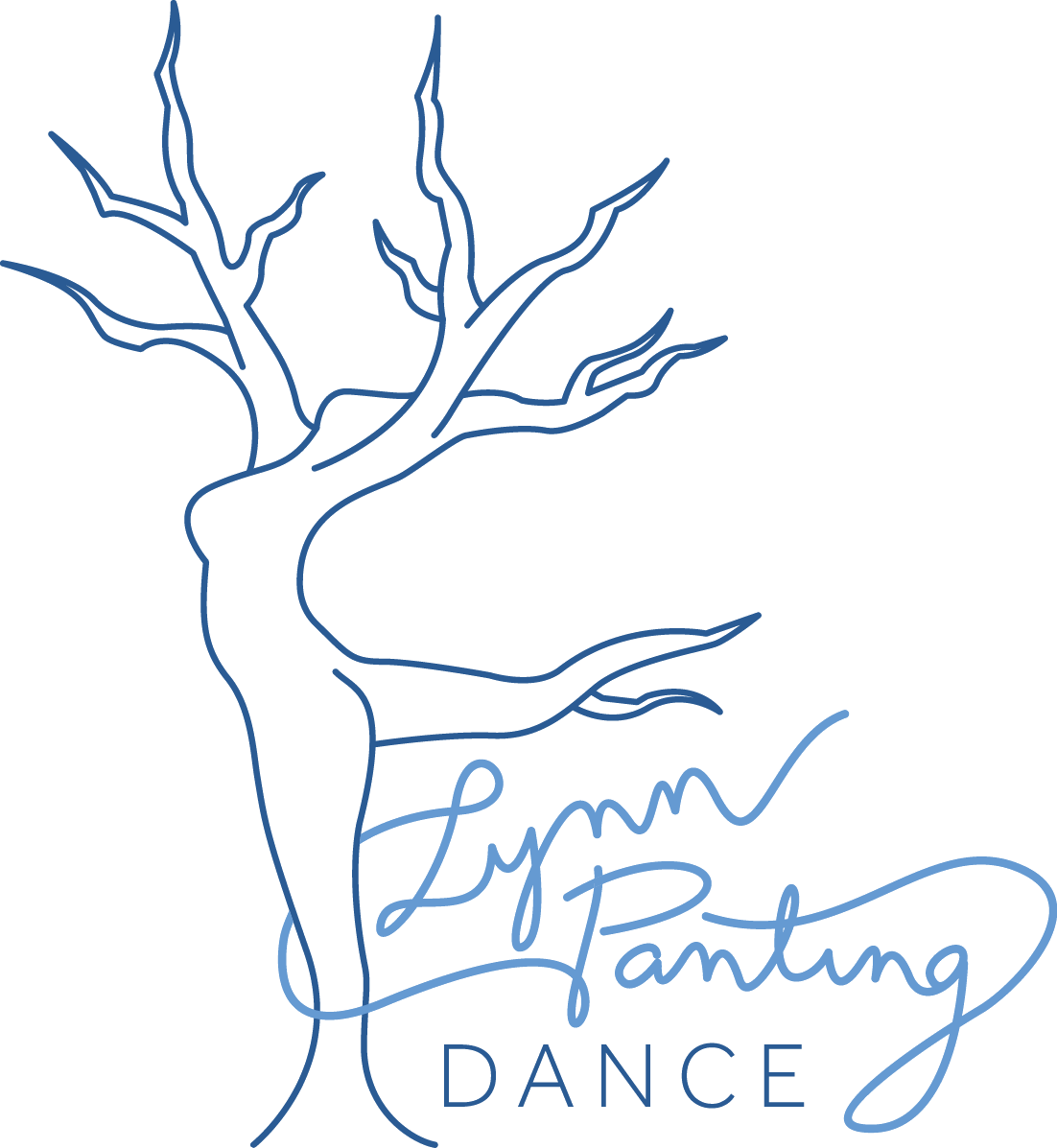Exploring the Diversity of Learning Styles in Dance Class
Just as every dancer brings a unique essence to the room, they also have a distinct learning style that shapes their journey through dance class.
Visual Learners
Visual learners find inspiration in the colours of movement and the shapes of choreography. These dancers thrive on demonstrations, observing every nuance of a step or gesture with keen attention. In dance class, they benefit greatly from watching instructors and peers, absorbing techniques through imitation and visualization.
Auditory Learners
Auditory learners are tuned to the rhythm of the music and verbal instructions from their teacher. They excel in picking up choreography through verbal and musical cues, allowing the beats to dictate their steps.
Kinesthetic Learners
Rooted in the language of touch and sensation, kinesthetic learners absorb dance through the physicality of movement. They learn best by doing, immersing themselves in the tactile experience of each step, leap, and turn. In dance class, these individuals excel in hands-on instruction and exploratory movement, embodying the choreography with a palpable sense of embodiment.
Analytical Learners
Driven by the quest for understanding and refinement, analytical learners approach dance with a cerebral lens, dissecting every element of technique and form. They thrive on breaking down choreography into its component parts, analyzing the mechanics of movement with precision and detail. In dance class, these individuals benefit from structured instruction and conceptual frameworks, finding satisfaction in the logic and strategy behind each step.
Social Learners
Fueled by the energy of community and connection, social learners find their groove in the camaraderie of group dynamics. They thrive in collaborative environments, feeding off the energy of fellow dancers and instructors alike.
Lyrical Learners
Just as auditory learners are attuned to music, lyrical learners connect through story. For them, it's the narrative rather than the specific steps or names that acts as a potent mnemonic device. Their ability to process and retain information is highest when content is presented lyrically.

